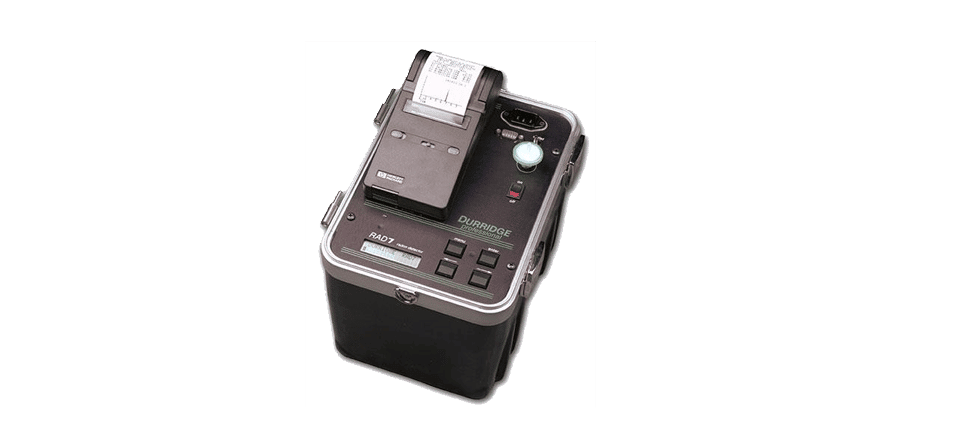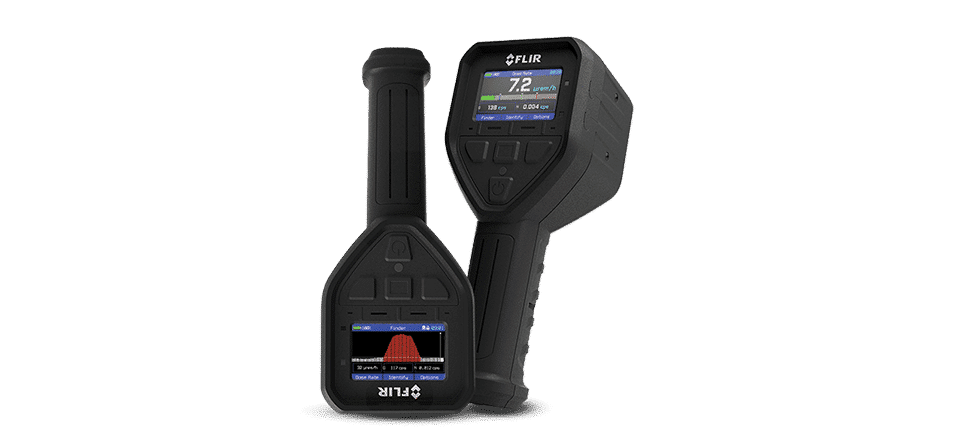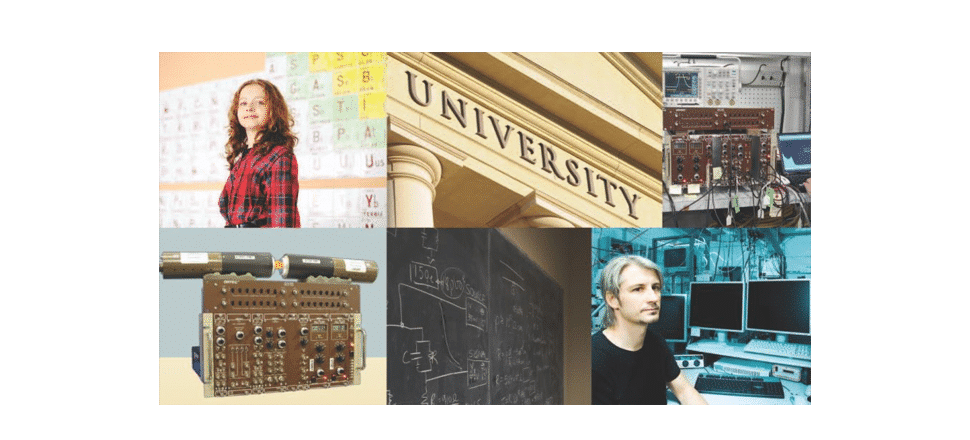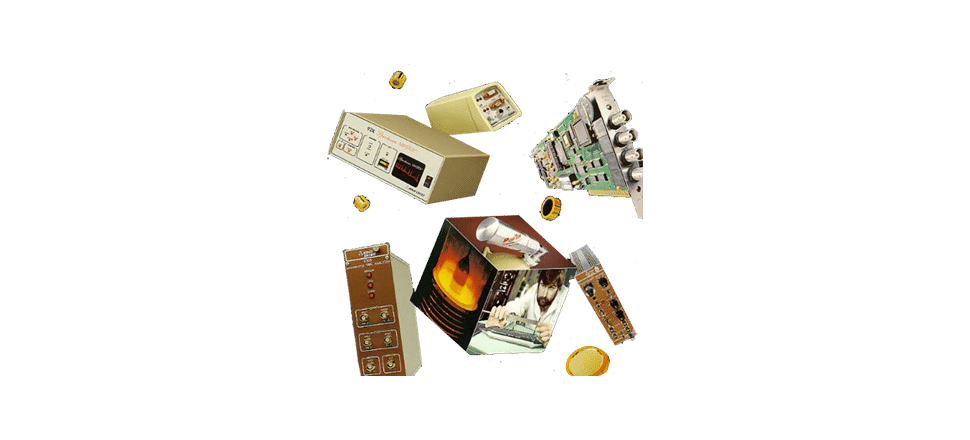Characterisation Gamma Software for HPGe
Advanced Efficiency Calibration Software for High Purity Germanium Gamma-Ray Detectors
ANGLE calculates a transfer function between the absolute efficiency data for the detector-sample-matrix geometry which is experimentally known (the “reference geometry”) and the new detector-sample geometry (the “sample”).
Advantages
- Generate efficiency calibrations for new geometries instantly; no new standards needed.
- Applies to a wide range of detectors and container types.
- “Efficiency transfer” principle: the best combination of absolute and relative methods.
- No expensive and time-consuming detector “factory characterization”.
Based on a technique called “efficiency transfer” or “ET”, ANGLE calculates a transfer function between the absolute efficiency data for the detector-sample-matrix geometry which is experimentally known (the “reference geometry”) and the new detector-sample geometry (the “sample”).
The “semi-empirical” approach used in ANGLE differs from absolute methods, in that rather than start with a Monte Carlo model of the detector and then correct the model via measurement (or “characterization”), ANGLE starts from a measured calibration which is then “transferred” to the new geometry by calculation of the transfer function. Different from absolute methods, small errors in, for example, the assumed thickness of a detector dead layer will tend to self cancel in the ANGLE method, whereas in absolute methods they do not. Obviously, the more closely the calibration source resembles the sample, the better the ANGLE result.
As the sample gets more and more similar to the reference, the ET result converges on the reference, which is a good “boundary condition” for the method.
Product sheet
Angle software (pdf / 907,35 KB)



